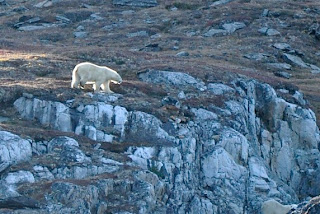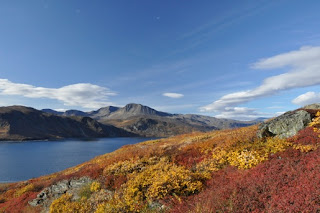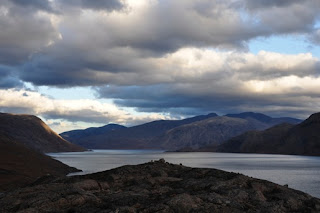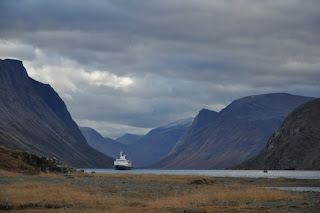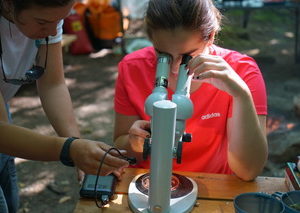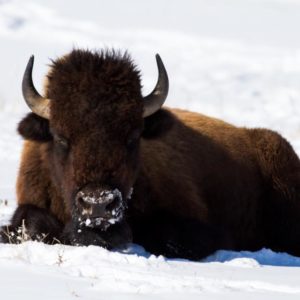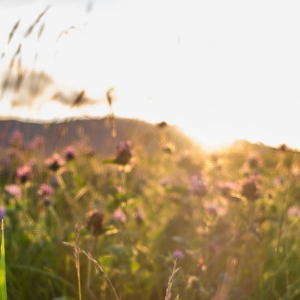Arrival at Torngat Mountains National Park
[two_third]
Nature Canada member Claudette Kohut has made it to Torngat Mountains National Park on her adventure in the north! Nature Canada worked for years to help establish Torngat; here’s is Claudette’s latest diary entry.
Torngat Mountains National Park, which was created in 2005, lies on the eastern edge of northern Labrador. It runs from Labrador’s northern tip to St. John’s Harbour, about one third of the way down the coast to Newfoundland. It was created for its physical beauty as well as its historical and archeological value.
Our first port of call was down the Nachvak fjord, one of many which line the rugged coastline. This was also where we saw our first close-up of polar bears, a mother and her cub. A reminder of why anyone going into the park must be accompanied by bear monitors, which is not the latest gadget, but men with guns! As visitors and bear (polar and black) increase in number the need for vigilance is increasing as well.
Torngat, which means spirit, is a beautiful area of tall shorelines, narrow fjords, ancient rock and ancient homelands. We hiked up the hills for some beautiful views of the fjord. With no trails to follow there were some tricky spots, but with the vegetation still at tundra level, meaning nothing over a foot tall, the footing was not too difficult. There were berries galore! Partridge berries, blueberries, crow berries – apparently there are no poisonous berries in Labrador, and despite this being late fall there were still plenty to be had.
Great views, oh yes, amazing autumn colours all over the place.
Then it was back to the boat and a ride to Ramah Bay where we got up early to fantastic light and a blue sky for the first time since our landing in a week ago in Greenland. This site was an old Moravian village and an ancient Inuit wintering site. There were the remains of the old Inuit sod houses, a graveyard, scraps of old stoves and stone foundations of the Moravian homes.
Despite the beauty of the autumn colours which carpeted the land wherever one looked, the cold winds of winter cut through and one could easily imagine how difficult life would have been. This is an unforgiving land, and to live here successfully the Inuit adapted their culture as well as their homes to be able to live in harmony with the environment. Qanuqtuurungnarniq – is an Inuit word for the concept of being resourceful to and able to adapt to solve problems, a concept they would have understood well.

